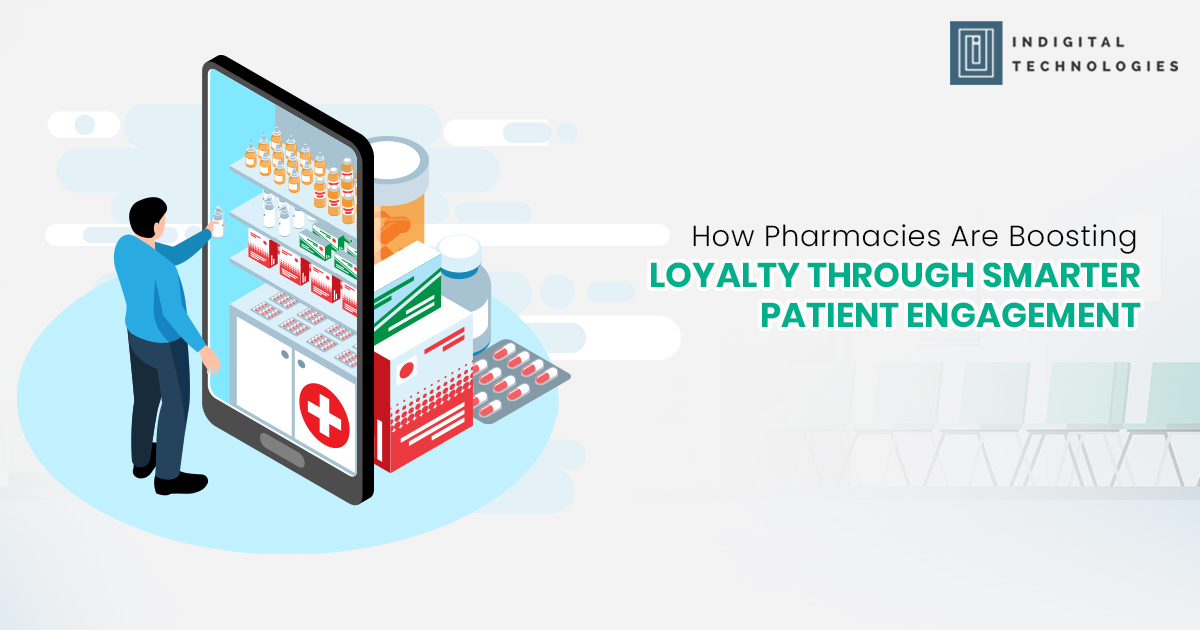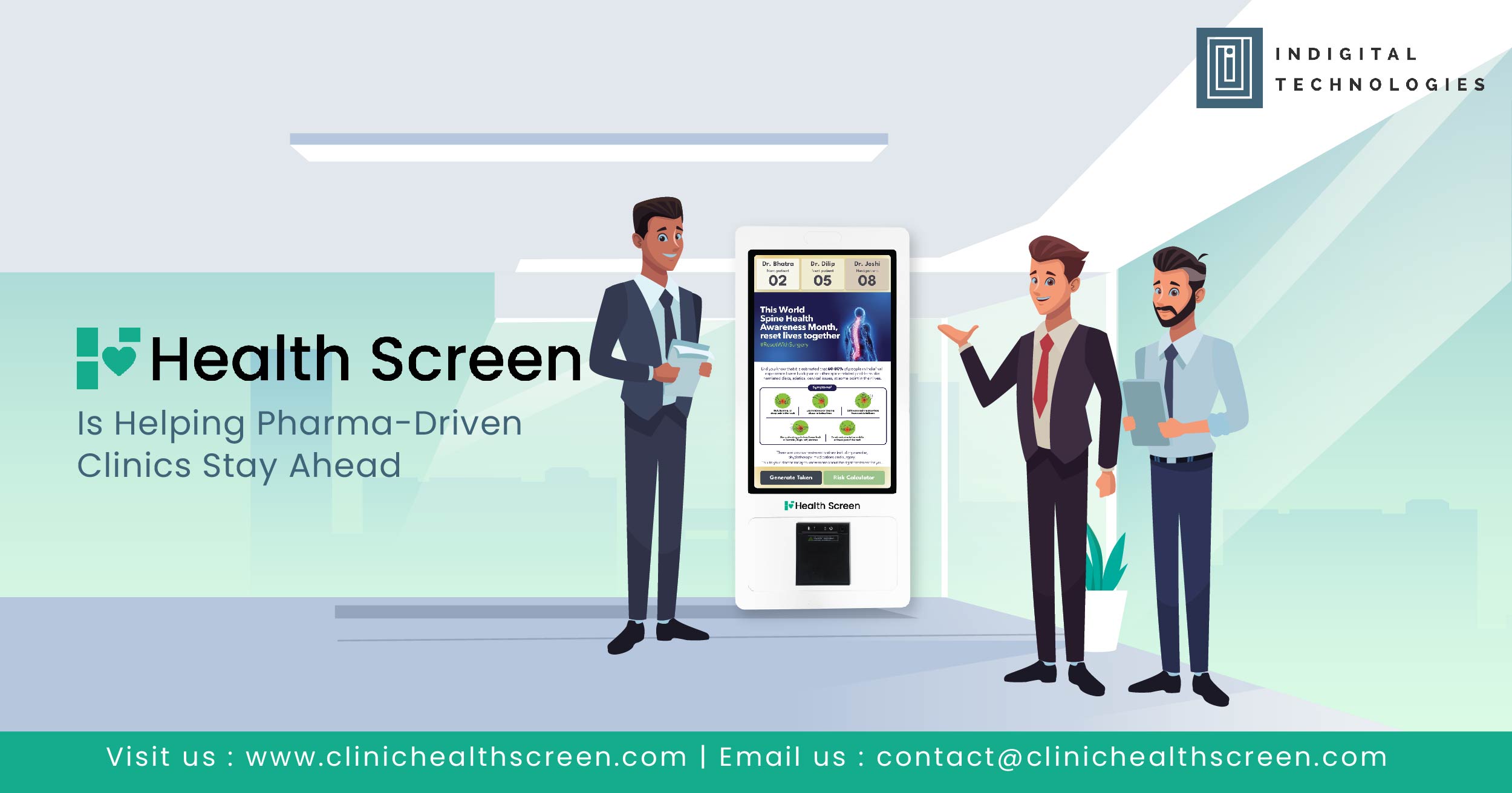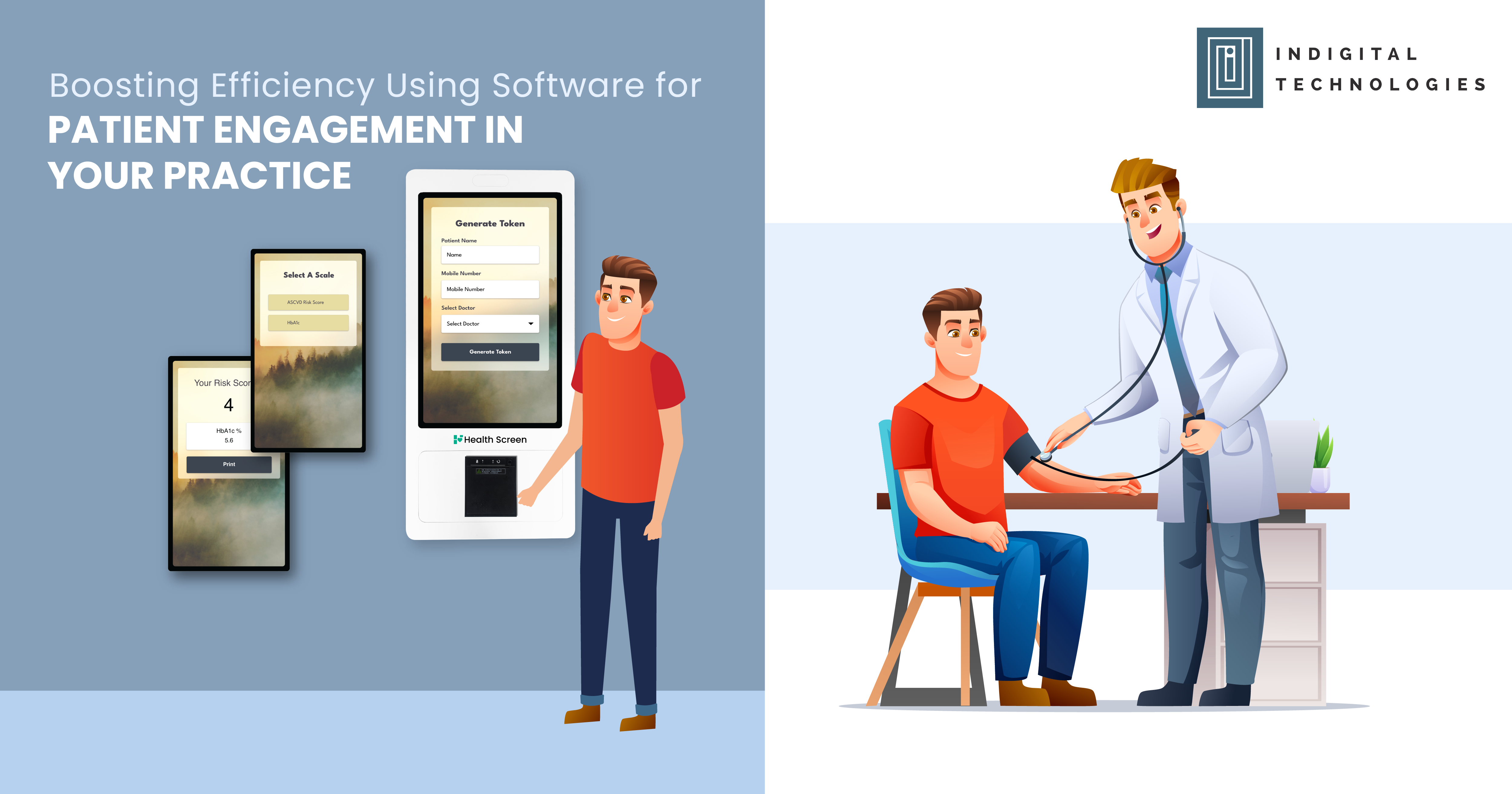Introduction: A New Era of Collaboration
The healthcare landscape is evolving. No longer is it enough for doctors to focus solely on clinical outcomes or for pharma teams to push brand visibility in isolation. Today’s healthcare ecosystem demands collaboration—particularly when it comes to building a patient-centered care model. At the heart of this evolution lies a simple yet powerful truth: when doctors and pharma teams work together, patients receive better, more informed, and more engaging care.
So how can this partnership be strengthened? And what role does technology play in uniting these two worlds?
1. Aligning on the Shared Goal: Better Patient Outcomes
Doctors want the best outcomes for their patients. Pharma managers want improved therapy adoption, compliance, and brand trust. These objectives are not at odds—they are deeply aligned. By co-developing tools and initiatives that empower patients with the right information, both parties can achieve their goals.
Imagine a clinic where patients receive personalized treatment explainers, branded educational leaflets, and reminders—all triggered automatically based on their consultation. That’s not just support—it’s value addition.
2. Moving Beyond the Rep-Only Relationship
Traditionally, pharma interactions with doctors have been driven by medical representatives. But the future lies in collaborative innovation, not just sales discussions. Pharma teams can co-create tools that serve as doctor aids—ranging from digital patient education platforms to interactive clinic displays that explain diseases visually.
When these tools are branded subtly and used ethically, they enhance brand perception and trust—without disrupting the sanctity of the consultation.
3. Empowering Patients Through Education
Education is the foundation of patient-centered care. When patients understand their condition, they make informed decisions and adhere better to treatment plans. Doctors, however, often don’t have the time to explain every detail.
Here, pharma can step in—not by selling, but by supporting. Co-developing short educational videos, posters in the clinic, or AI-powered displays that speak the patient’s language can make a dramatic impact. These tools can carry the brand’s voice, all while serving a clinical purpose.
4. Supporting Doctor Workflows with Smart Engagement Tech
Modern clinics are embracing digital tools that go beyond appointment booking. Token management systems, automated follow-ups, symptom tracking, and even lifestyle guidance tools are now becoming the norm. Pharma teams can introduce and support such platforms, easing clinic workload and reinforcing their value as innovation partners.
This goes far beyond product brochures. It’s about being a stakeholder in the doctor’s practice and a catalyst in improving care delivery.
5. Collecting Real-Time Insights, Responsibly
Patient engagement platforms today offer real-time insights—most viewed health topics, common queries, treatment drop-offs. Pharma can leverage this anonymized data (with consent and compliance) to improve patient support programs and tailor their communication.
Meanwhile, doctors can use the same dashboards to better understand patient concerns or identify education gaps. This creates a two-way value loop where both sides grow together.
6. Bridging the Awareness Gap in Tier 2 and 3 Cities
While urban clinics are rapidly digitizing, semi-urban and rural areas often lack access to patient-friendly resources. Pharma can co-develop low-cost, high-impact patient engagement tools—visual displays, QR-powered guides, multilingual content—to empower doctors in these regions.
This not only builds deep goodwill but also bridges the healthcare literacy divide—a powerful differentiator for forward-thinking pharma brands.
7. Subtle Branding, Stronger Recall
Every touchpoint in the clinic—from the waiting room to the prescription slip—can be a subtle brand engagement opportunity. Instead of flashy marketing, co-created tools that improve patient experience build trust.
Whether it’s a digital token screen displaying wait times and health tips, or a risk calculator with brand-support messaging, the value to doctors and patients is clear—and the recall is real.
Conclusion: The Win-Win-Win Formula
When doctors and pharma teams unite with a shared vision of patient-centered care, everyone wins. Patients feel empowered and better cared for. Doctors become more efficient and trusted. Pharma brands evolve from product suppliers to value partners.
The clinics of tomorrow won’t just be about treating disease—they’ll be about engaging, educating, and empowering patients. And those who drive this shift today will be remembered as pioneers of tomorrow’s care ecosystem.





